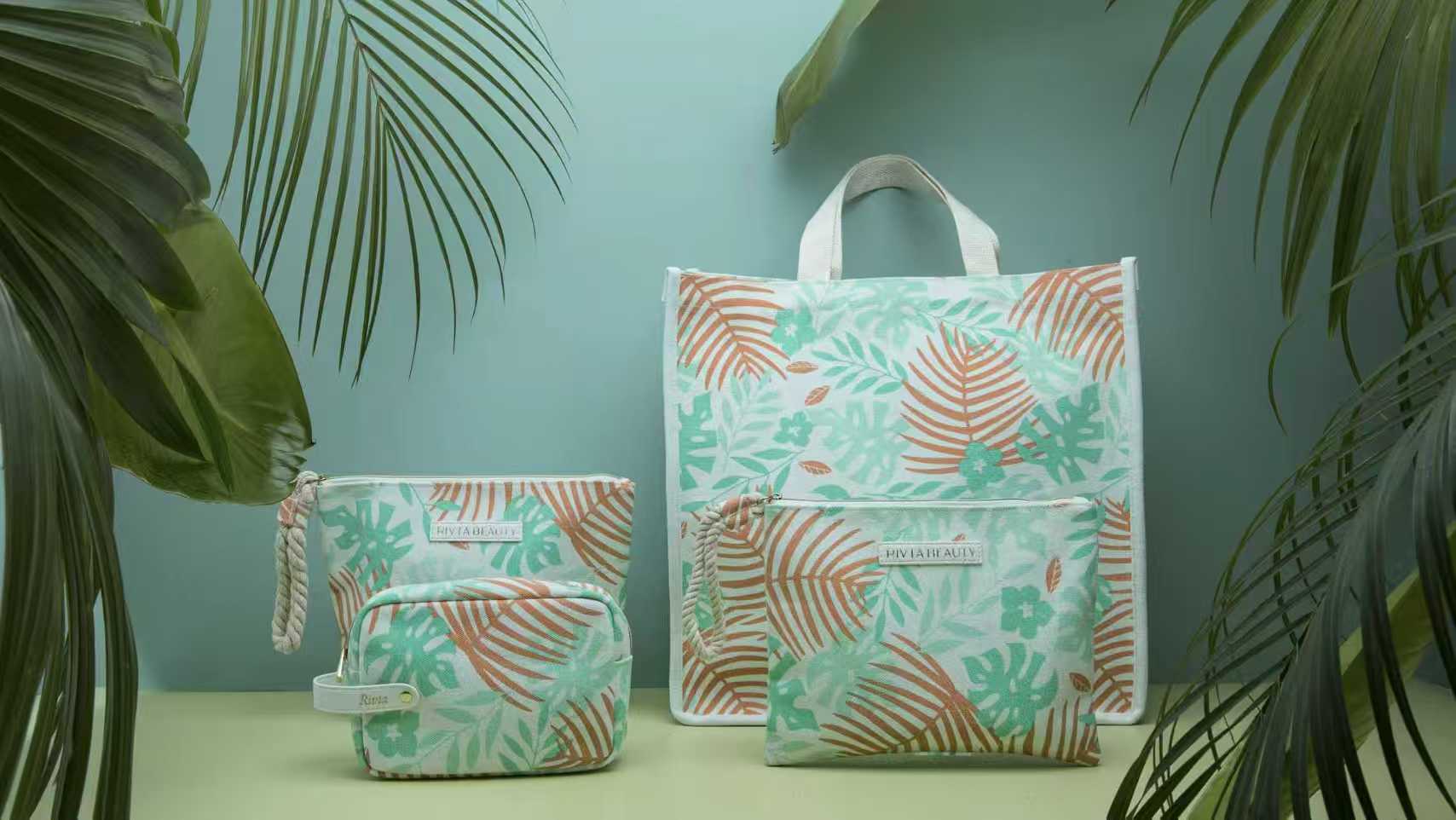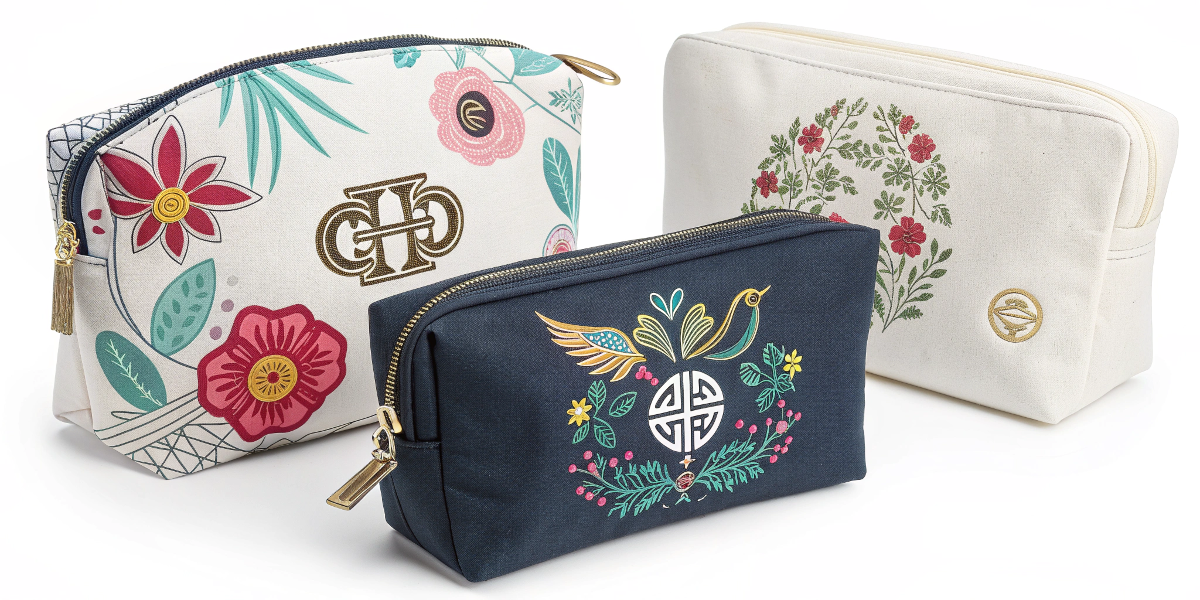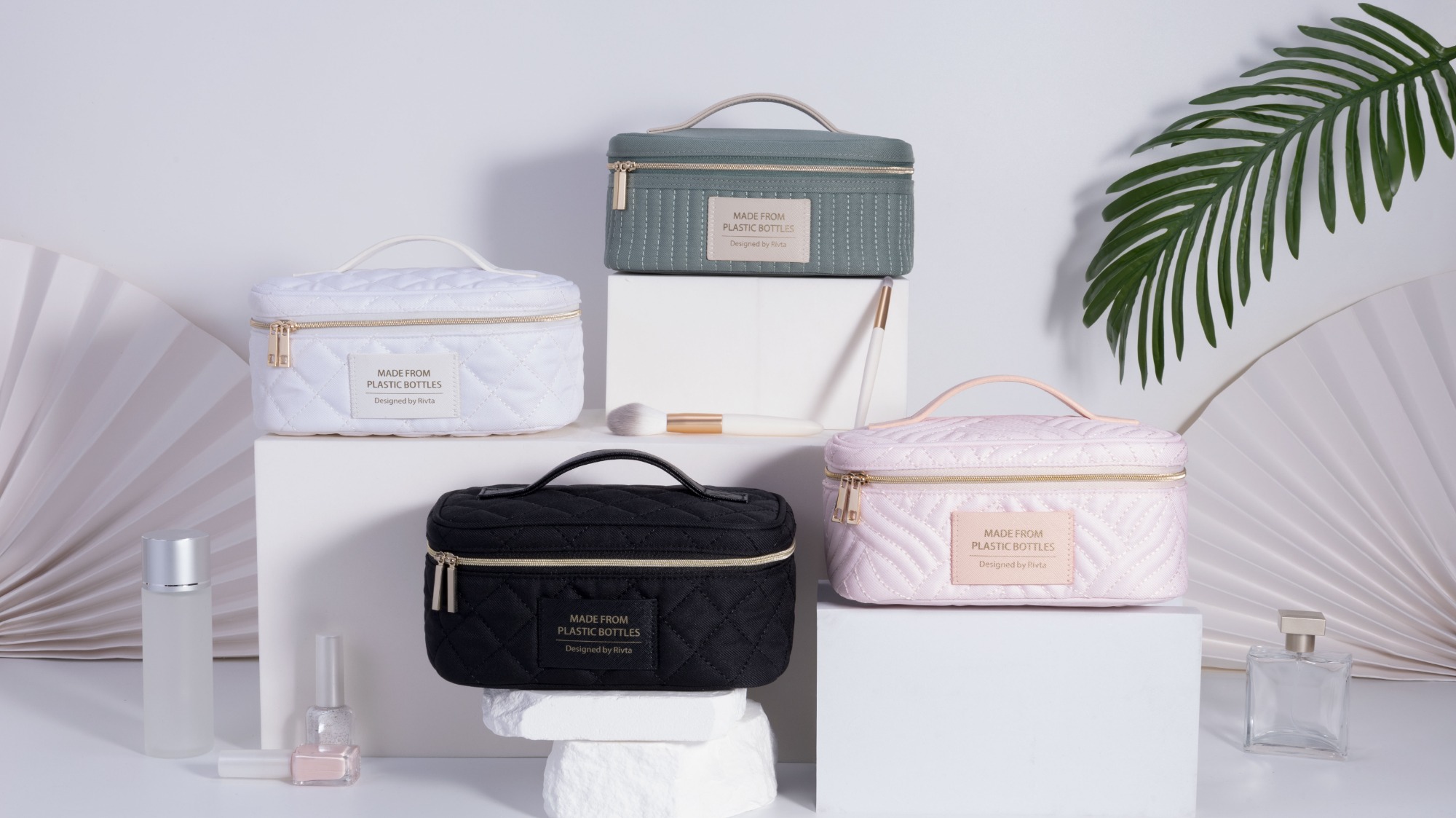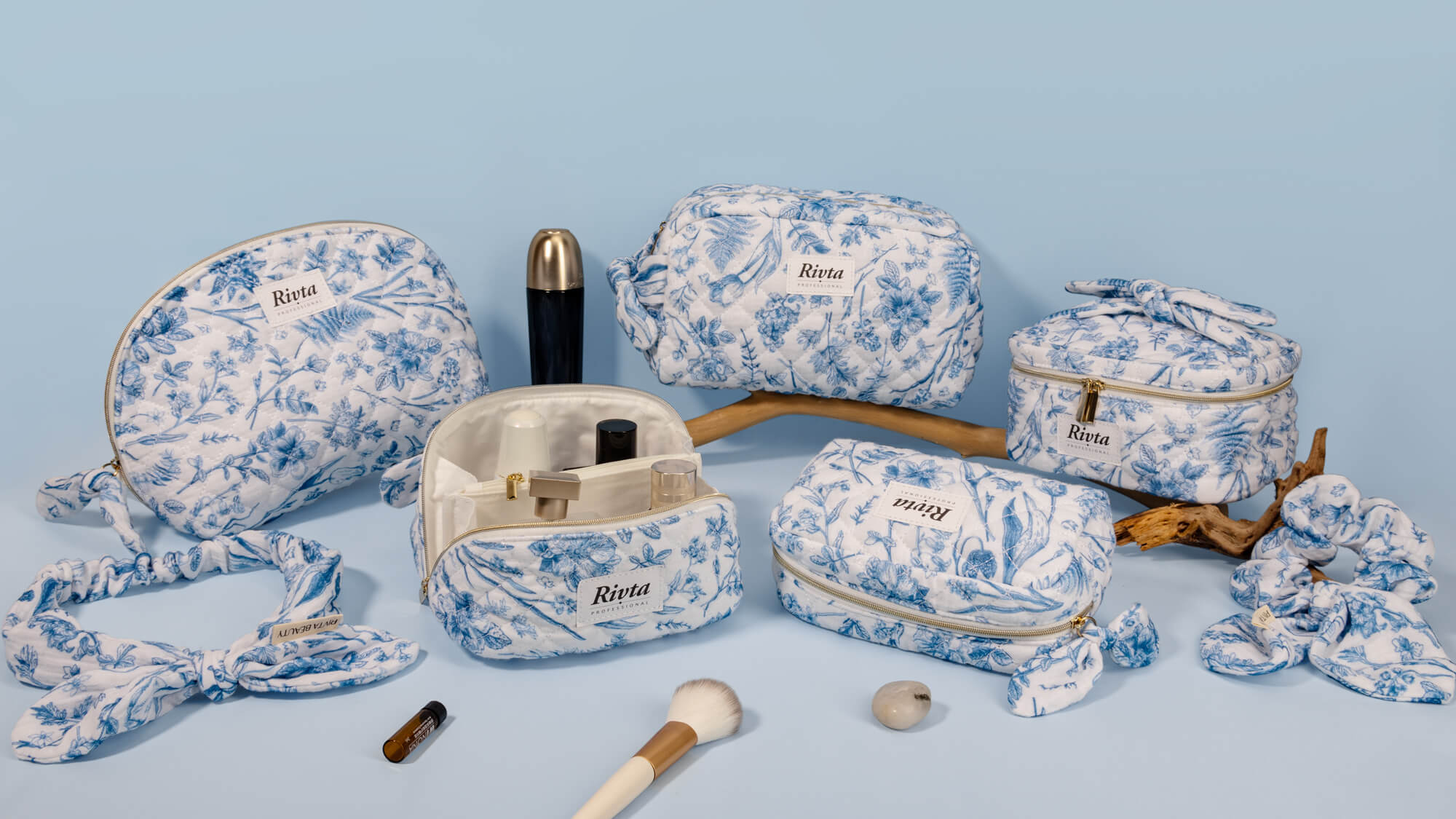What is the MOQ for Private Label Cosmetic Bags?
You want to create a custom cosmetic bag, but high minimum order quantities (MOQs) feel like a huge barrier. This guide will help you understand and navigate them.
The Minimum Order Quantity (MOQ) for private label cosmetic bags is typically between 500 to 2,000 units. This number is set by the manufacturer to cover the costs of raw materials, which are bought in bulk, and to make the production run efficient and affordable.
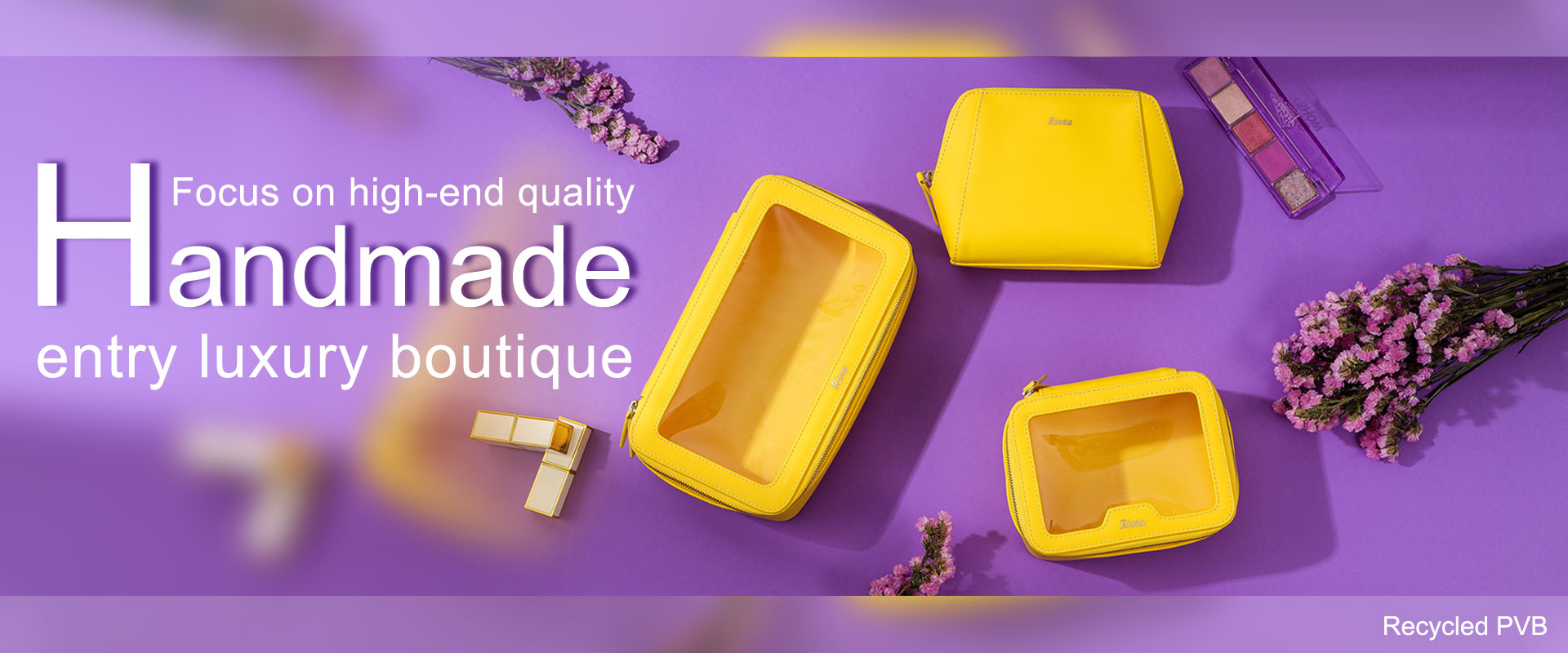
I've been in this business since 1990, and I talk about MOQs every single day. Project managers like Phoebe, even from big companies, have to plan their budgets around these numbers. It's not a rule designed to stop new brands. It's a fundamental part of how manufacturing works. Once you understand why MOQs exist, you can have a much more productive conversation with a potential factory partner. Let’s break it down so you can plan smarter.
Why Do Manufacturers Have an MOQ for Private Label Cosmetic Bags?
MOQs can feel like an arbitrary number that blocks your new project. This makes it frustrating to even get a quote. Let's look at the real reasons behind these minimums.
Manufacturers have MOQs because their own suppliers of raw materials have MOQs. Factories must buy fabric, zippers, and other components in bulk. Setting up machinery for a small, custom run is also very inefficient, which would make the cost per bag extremely high.
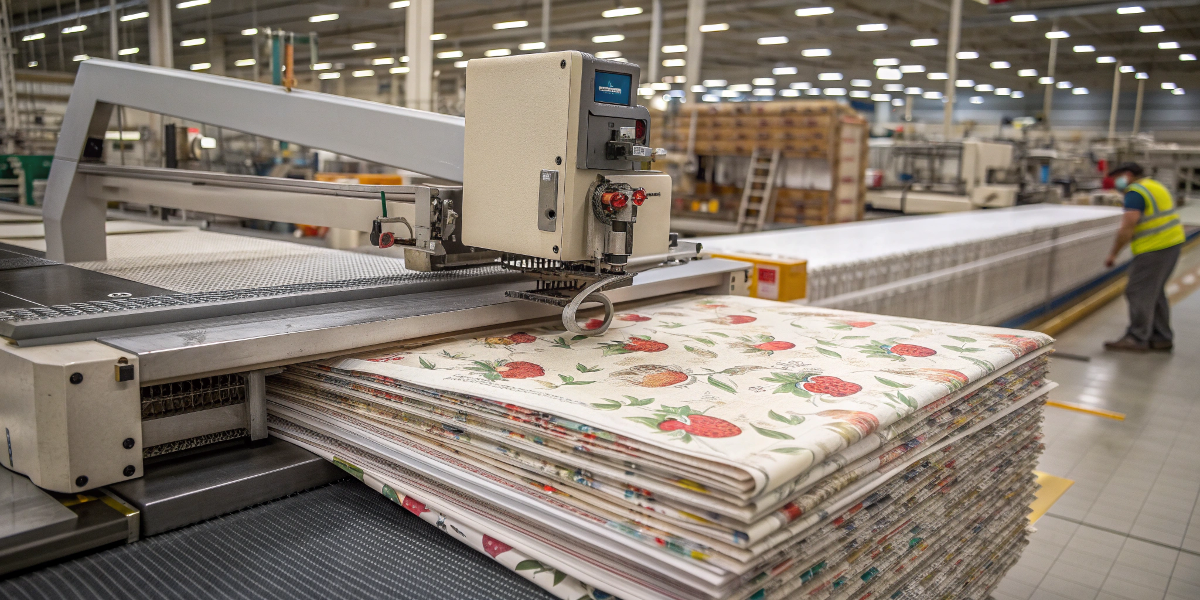
I remember a new brand owner who wanted to order just 100 bags with a very specific Pantone-matched zipper. I had to explain to her that the zipper factory would not even turn on their machines for less than 5,000 zipper pullers. My MOQ is not just my rule; it's connected to a whole supply chain of other factories with their own rules. Understanding this helps our clients see that we are on the same team, trying to find a solution that works for everyone.
The Reasons Behind the Number
MOQs are based on the real costs and logistics of production. They ensure that a project is financially viable for both the factory and the brand.
| Reason | How It Works | Why It Matters |
|---|---|---|
| Material Suppliers | Fabric mills sell fabric by the roll, often with a minimum of 1,000 meters per color. | A factory can't buy just 50 meters for a small order. The MOQ absorbs this bulk cost. |
| Production Setup | It takes time to set up cutting molds, printing screens, and sewing machines. | This setup cost is the same for 100 bags or 1,000. Spreading it makes each bag cheaper. |
| Custom Hardware | Custom-made zippers or metal logos have high minimums from their dedicated factories. | If your design needs unique parts, the MOQ will be influenced by those suppliers. |
When you see an MOQ of 1,000 bags, it's because that is the number of units needed to efficiently use the raw materials we have to buy and cover the time it takes to prepare our production line for your specific design.
Is launching a private label product a good idea?
You are thinking about private labeling, but it feels like a big risk. Is it better to just resell existing products, or is the effort of creating your own brand worth it?
Yes, private labeling is a great idea if you are serious about building a long-term business. It gives you full control over your brand, product quality, and design. It also allows for much higher profit margins compared to reselling someone else's products.
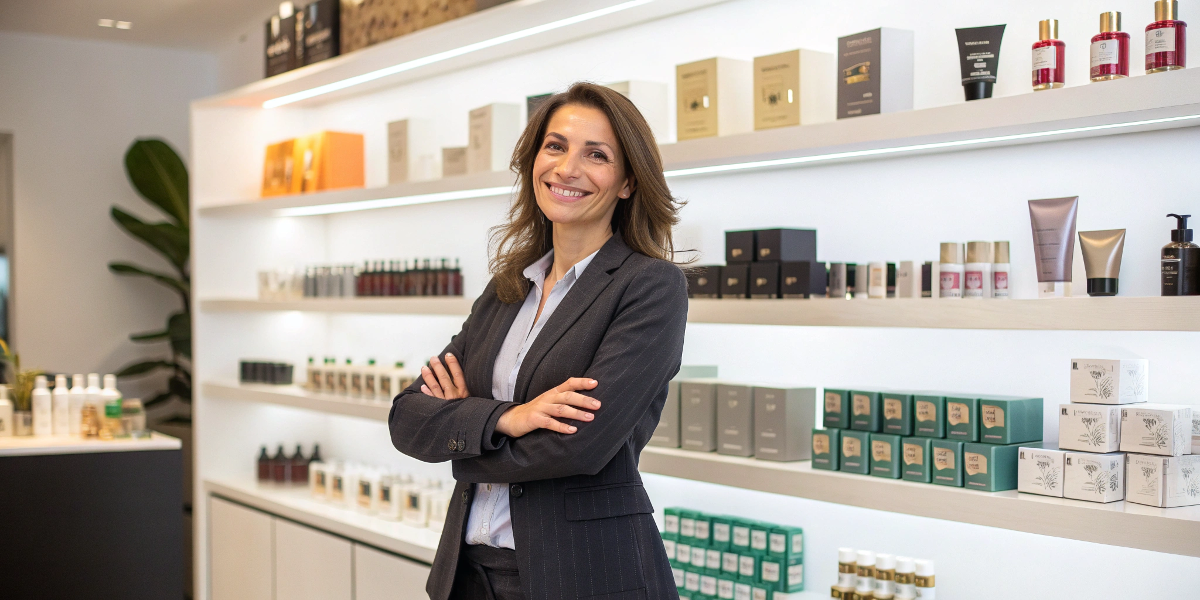
Over the years, I've worked with hundreds of brands. The ones that achieve the most success are always the private label brands. They build a real connection with their customers because the product is uniquely theirs. Reselling is a good way to start in e-commerce, but private labeling is how you build an asset. You create something that you own, from the design of the bag to the loyalty of your customers.
Weighing the Pros and Cons
| Pros of Private Label | Cons of Private Label |
|---|---|
| Full Brand Control | Higher Initial Investment (MOQ) |
| Higher Profit Margins | You Are Responsible for Marketing |
| Unique & Exclusive Product | Takes Time to Build the Brand |
| Ability to Adapt & Improve | Inventory Management is Key |
Is private label still profitable?
The market seems crowded with so many brands. You might wonder if there is still room for a new private label product to succeed and actually make money.
Yes, private label is still very profitable. Because you buy directly from the manufacturer and eliminate middlemen, your cost per unit is low. This allows you to set competitive retail prices while maintaining healthy profit margins, which is essential for growing your business.
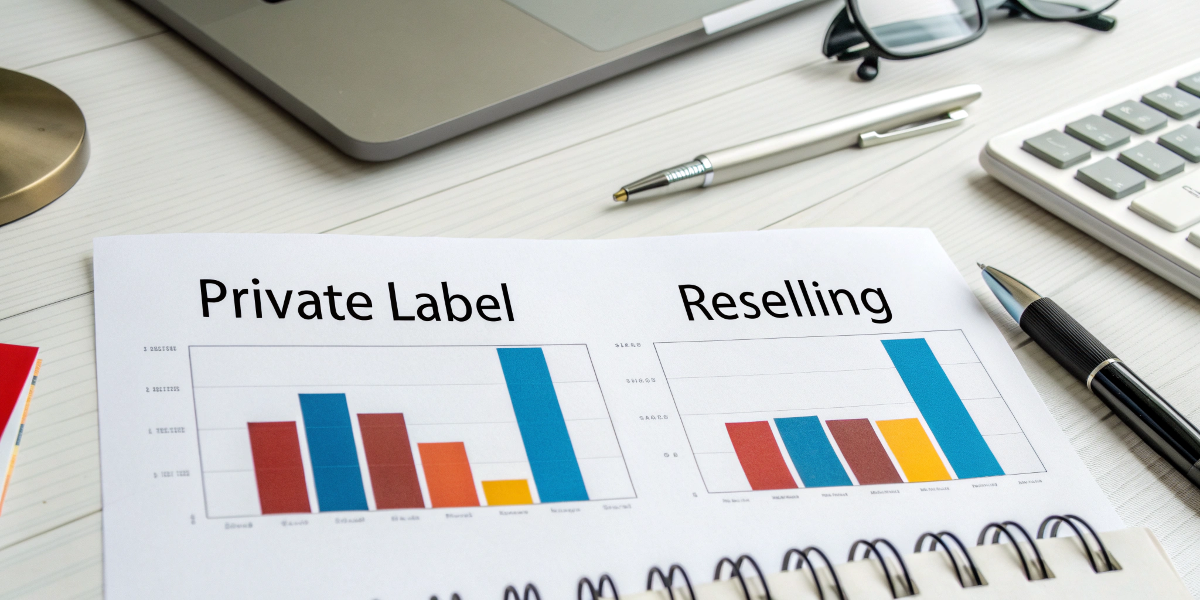
Profit is the lifeblood of any business. Just look at the major brands that a project manager like Phoebe works for. They don't resell other companies' bags; they private label their own. They do this because it is the most profitable model. By managing their own production, they control their costs. This gives them the money they need to invest in marketing, new product development, and growing their team. The principles are the same for a new brand, just on a different scale.
How Private Label Creates Profit
- Direct Sourcing: You work directly with a factory like Rivta. This means you are getting the product at the base manufacturing cost, with no distributor or wholesaler markups.
- You Set the Price: You have complete control over your retail pricing. You can price your product based on the value you provide, not on a price set by a brand owner.
- Building Brand Value: As your brand grows, you can command higher prices. A strong brand is an asset that increases your profitability over time.
How do I start my own label?
You are ready to start, but the first steps seem confusing. What is the actual process to go from an idea to launching your own private label brand?
To start your own label, first define your brand and target customer. Then, design your product and create a tech pack. Next, find a reliable manufacturer and get samples. Finally, approve the sample, place your first order, and create your marketing plan.
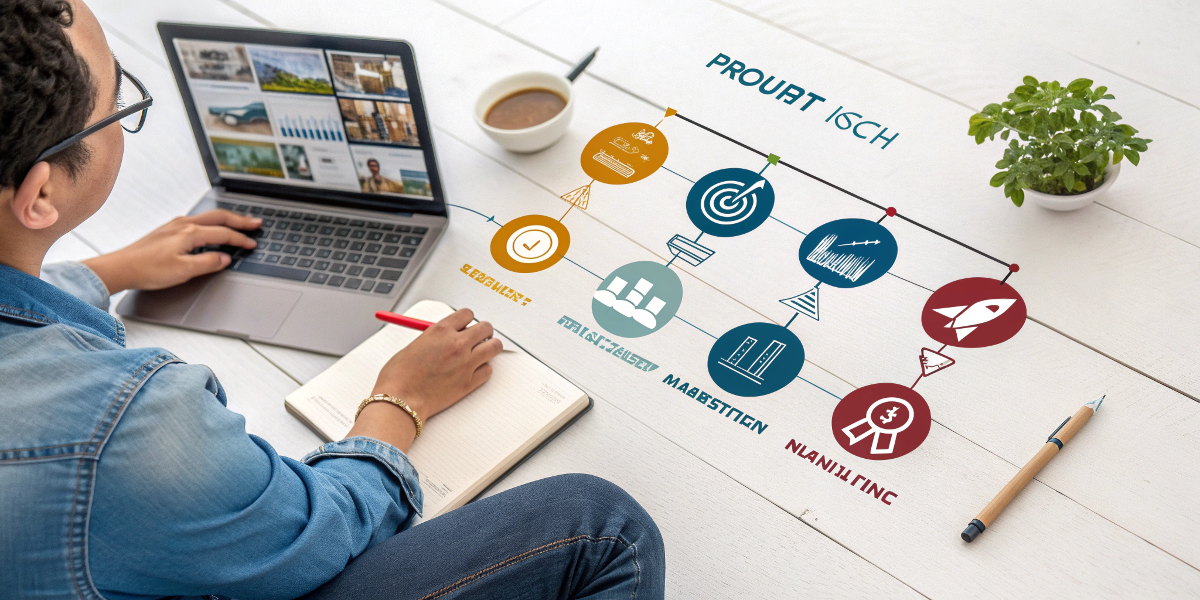
Your 5-Step Launch Plan
| Step | Key Action | Your Goal |
|---|---|---|
| 1. Brand Foundation | Define your target audience, mission, and USP. | To have a clear vision for your brand. |
| 2. Product Design | Create sketches and a detailed tech pack. | To have a clear blueprint for your product. |
| 3. Find a Manufacturer | Research factories and ask for quotes. | To find a reliable production partner. |
| 4. Sampling & Approval | Order a sample to check the quality. | To ensure the final product is perfect. |
| 5. Production & Launch | Place your first bulk order and plan marketing. | To bring your product to market and get sales. |
Conclusion
Understanding MOQs is the first step toward a successful private label partnership. They are a necessary part of manufacturing that enables efficiency and fair pricing for everyone involved.
